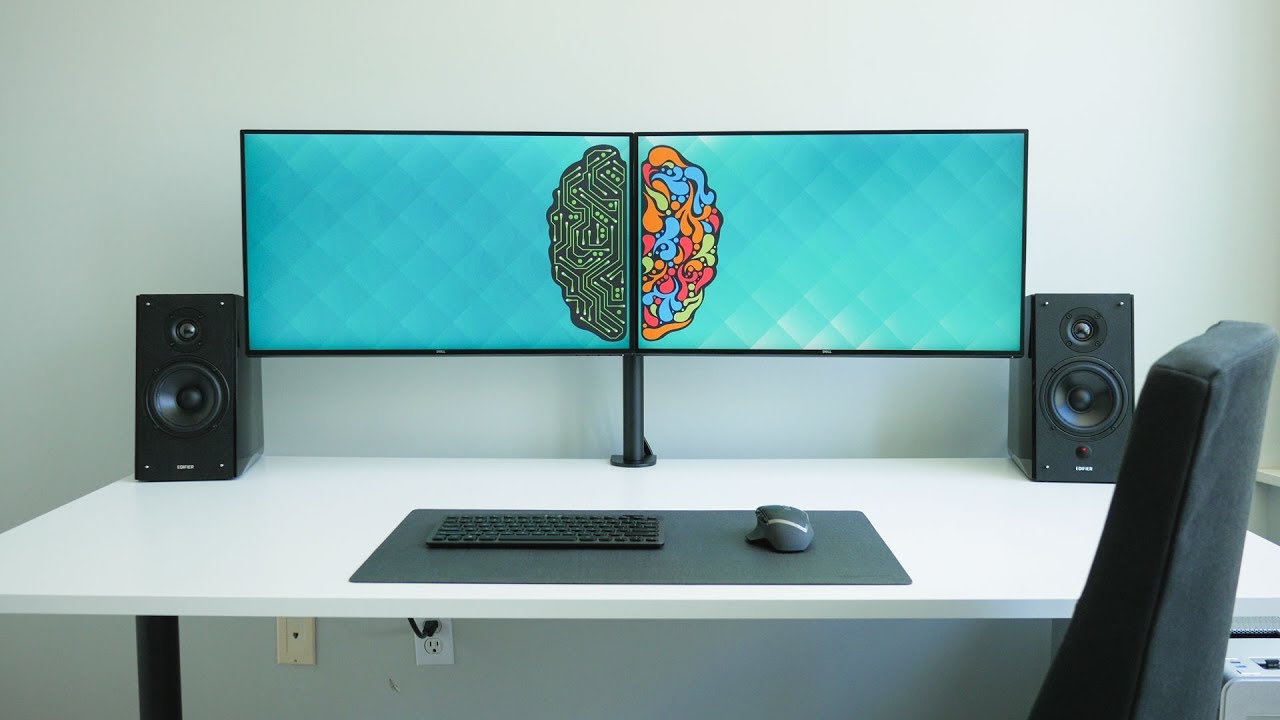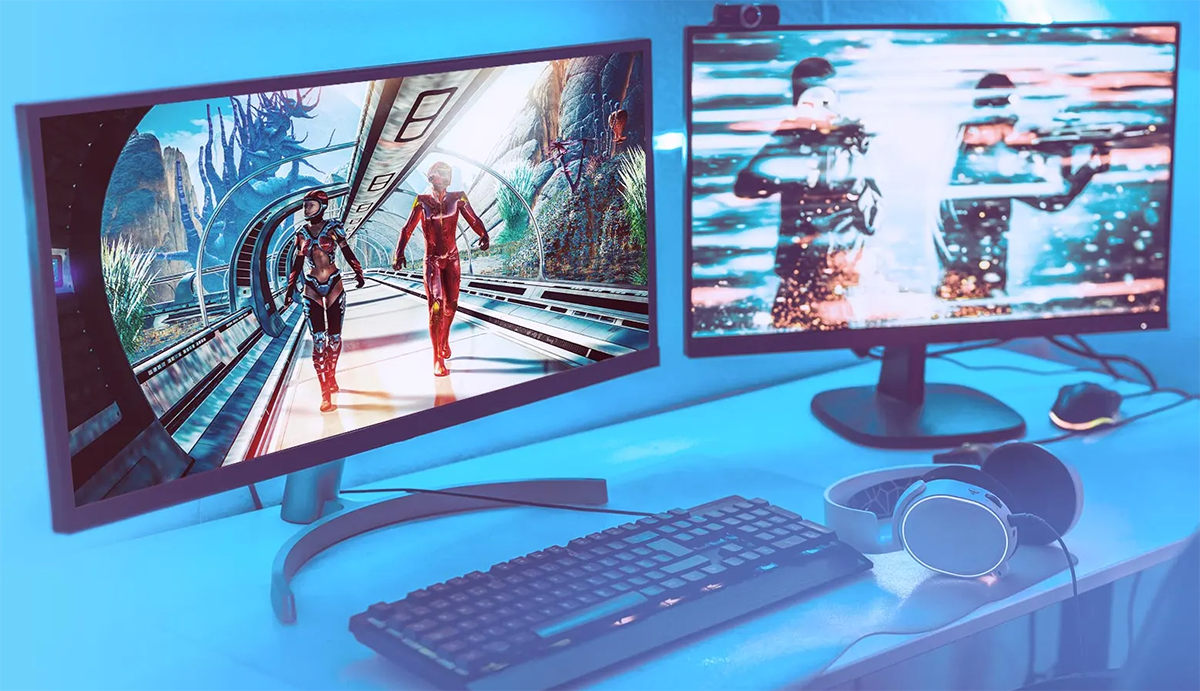
A dual monitor setup can provide tremendous improvement in your workspace and can help boost your productivity. Whether you’re a graphic designer, a writer, a stock trader, or simply someone who enjoys streaming content while working, having two computer monitors can revolutionize your computing experience. This article sheds light on the benefits of using two screens and offers guidance on setting up your own dual monitor system without the pitfalls.
Benefits of dual monitor setups: Why two screens are better than one
Productivity boost
Using dual monitors is not so much about doing more, but it’s about doing better. Instead of constantly toggling between tabs or windows, with two screens, you can have essential applications open simultaneously. If you’re writing a report, for example, you can have your notes or research on one display and your document on the other. This division can help you focus, without worrying about so many distractions in one screen.
Streamlined workflows for professionals
Different tasks require different setups, and dual monitors offer the flexibility you need. Whether it’s comparing documents side by side or having multiple data streams available at a glance, the versatility is unparalleled. For graphic designers or video editors, the extended screen space is invaluable. They can use one screen for the primary task while using the other for toolboxes, references, or secondary tasks. Software developers can code on one screen and see the real-time results or pull up documentation on the other. Financial and data analysts can have a spreadsheet on one screen and a data visualization or report on another. The advantages are endless.
Enhanced experience during virtual meetings
In an era of virtual meetings and remote work, dual monitors can be a game-changer. For instance, you can attend a video conference on one screen while pulling up relevant files on the other, without the awkward pauses. You can also capture all your talking points during presentations, knowing that you can glance at your outline or script easily without having to switch tabs.
Elevated entertainment experience
Dual monitors aren’t only for work—they’re also great for streaming movies, gaming, and more. Imagine watching a movie on one screen while browsing the web or chatting with friends for a watch party. For gamers, play on one screen and have strategy guides, chats, or streaming tools open on the other. It’s entertainment, amplified.
How to set up dual monitors

- Choose the right monitors: Selecting the right monitors is essential. Look for monitors with matching resolution, size, and panel type. Also, make sure your computer’s graphics card can handle the dual setup. Remember, it’s not about getting the biggest screens, but those that fit your workspace and meet your needs.
- Connect the monitors: Using the appropriate cables (HDMI, VGA, DisplayPort), connect your monitors to the computer. If you’re using a laptop that doesn’t have the necessary ports, consider using a docking station.
- Building the ideal workspace: Think about space. Your monitors shouldn’t be too close or too far. The aim is comfort and optimal viewing angles. Also, consider ergonomics: your monitors should be at eye level to prevent neck and eye strain.
- Configure the display settings: Your dual monitors won’t serve their purpose without the right settings. Dive into your computer’s display settings to configure the dual display. For those looking for more customization, there are third-party applications to give you advanced control over your screens.
- Accessorize for success: Monitor arms or monitor stands can help in adjusting the monitors to the perfect height and angle. Additionally, investing time in cable management not only ensures a tidy workspace but also prevents potential trip hazards.
Navigating dual monitor pitfalls: Common mistakes and how to avoid them
- Mismatched monitor specifications: Ensure uniformity in resolution and size for a seamless experience.
- Inaccurate colours: Colour accuracy matters, especially for a lot of creative professions that work with visuals. Calibrate both monitors for colour consistency.
- Ignoring ergonomics: Monitor positioning is paramount. An incorrect setup can lead to physical strain. Remember to set the top part of your monitor to eye level. This will give you an optimal view of your screen and you don’t have to look down or crane your neck.
- Not knowing the limits of your computer: Your graphics card is the workhorse behind your dual monitor setup. Ensure it can handle the load, or you may experience lags and freezes.
- Overloading one screen: Remember, the goal is to balance your tasks between the two screens. If you find all your apps on one screen, you’re likely not optimizing your dual monitor potential.
Enhance your setup with dual monitors
As digital tasks grow, so does the need for more screen space. A dual monitor setup isn’t just a flashy tech upgrade; it’s a practical solution, and transitioning to two screens could mean a notable shift in productivity, creativity, and overall digital satisfaction. By being aware of the common mistakes and ensuring a proper setup, you can enjoy a seamless dual-screen experience. So, is it time you doubled up?
This article was drafted using AI technology and then reviewed, fact-checked, and revised by a member of our editorial team.




